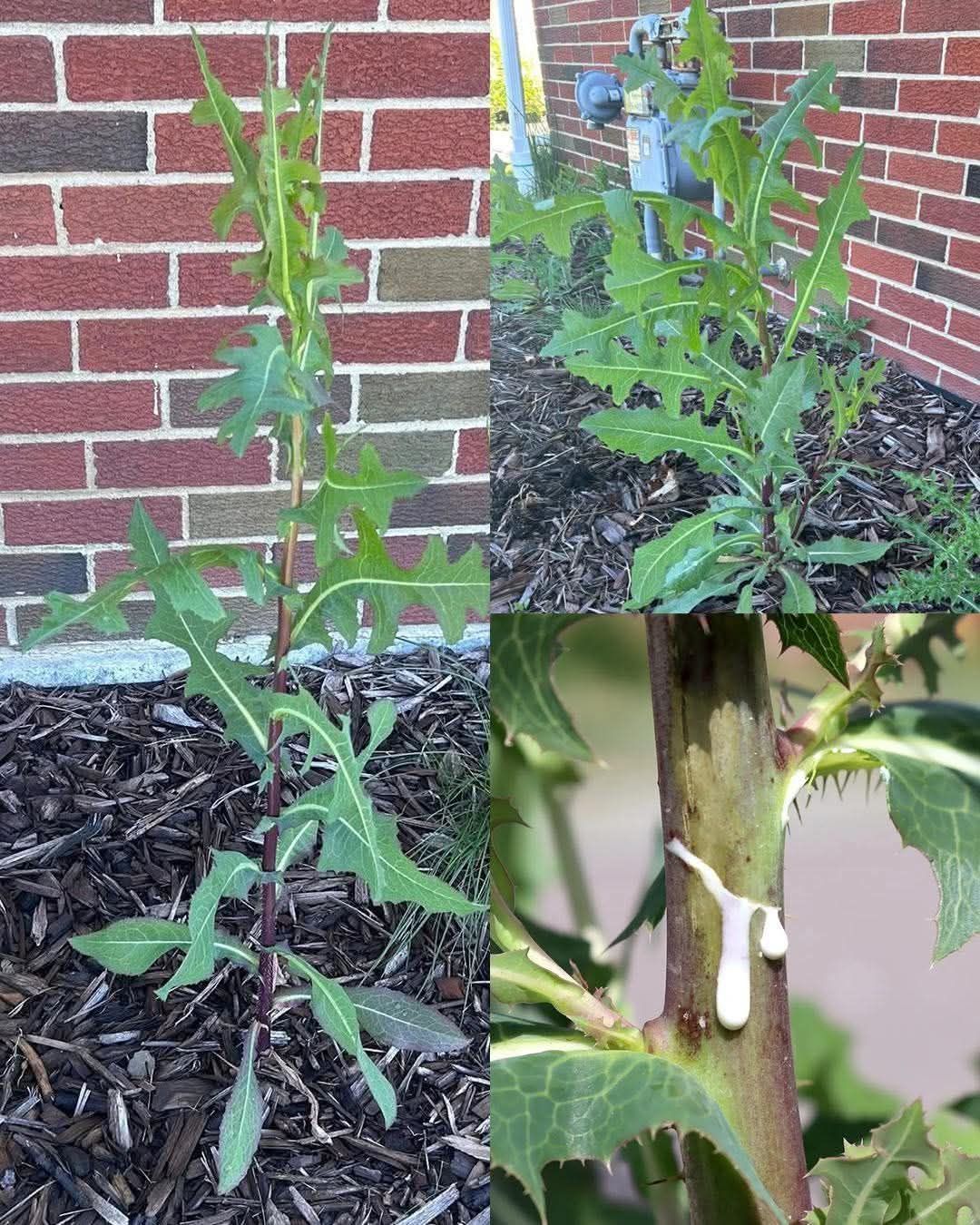Wild lettuce (primarily Lactuca virosa and Lactuca serriola, also known as prickly lettuce) has a long history of traditional use, often referred to as “opium lettuce” due to its mild sedative and pain-relieving properties, though it is not chemically related to opium. The milky sap, called lactucarium, is the part often sought for these effects.
Disclaimer: While wild lettuce has traditional uses, scientific research on its effectiveness and safety in humans is limited. Always consult with a healthcare professional before using wild lettuce or any herbal remedy, especially if you have underlying health conditions, are pregnant or breastfeeding, or are taking other medications. Self-treating can be dangerous.
The Power of Wild Lettuce Sap: How to Collect, Use, and Benefit from It
Wild lettuce sap, or lactucarium, is a unique substance with a history of use in traditional medicine for its calming and analgesic effects. Understanding how to responsibly collect and use it is key.
1. Identifying Wild Lettuce
Before anything else, accurate identification is paramount. Wild lettuce species like Lactuca virosa and Lactuca serriola are often confused with other plants.
Key Identification Features:
see next page
ADVERTISEMENT

